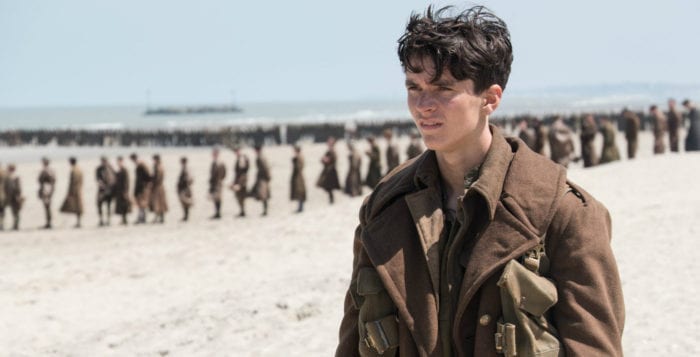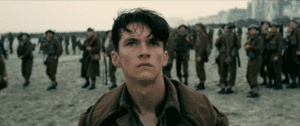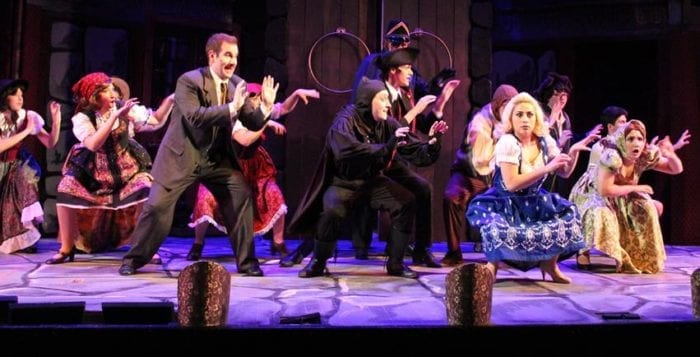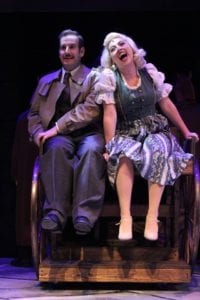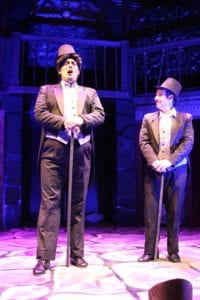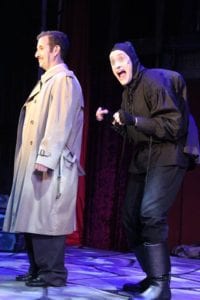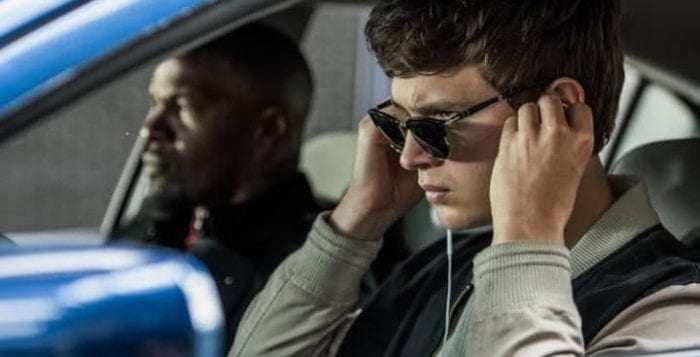By Kyle Barr
After more than four months of treatment battling acute myeloid leukemia, a blood and bone marrow cancer, 11-year-old Jackson Edwards returned home Monday from Johns Hopkins Hospital in Baltimore, Maryland to the sound of a Terryville fire truck honking and the cheers of friends and family.
“I don’t know how to put it — it’s such a wave of emotions,” Jackson’s mother Danielle Edwards said. “We’re happy, finally. Jackson’s a little nervous because he’s so far away from the hospital and he’s thin from the treatment, but he’s happy to be with his people.”

Tired from the long trip and overwhelmed by the number of people who had shown up for the surprise homecoming, Jackson only stood outside for a few minutes July 31, waving to his friends and family before heading back inside. They had taken a 6-hour drive to get back to Terryville from Johns Hopkins.
“[Jackson and his mom] had no idea what was here,” Jackson’s aunt DeeDee Edwards said. She had helped plan the surprise homecoming, and was in charge of keeping the mother and son in the dark. “Jackson was counting the stoplights until we got here, and he was so overwhelmed by all the people who came to support him.”
Though the drive home was long, the real difficulty for Jackson and his family was the more than 100 days he spent in Baltimore fighting the rare form of cancer.. Jackson has always been a charismatic young man, according to his family. He’s a typical 11-year-old — he loves wrestling and football. His favorite comic book and show characters are Captain America and Optimus Prime. In December 2013 Jackson was diagnosed with AML. It was the start of an arduous treatment process that saw Jackson go into remission in May 2014.
Around Christmas 2016, Jackson started to feel sick again, and after taking him to Stony Brook University Hospital, the family learned that the his disease had returned and he had relapsed. In April he was transferred to Johns Hopkins in Maryland where he underwent a long and painful process of chemotherapy in preparation for a later bone marrow transplant. Meanwhile, friends and family worked hard to fund raise and help Jackson’s mother in finding options for his treatment.
Deirdre Cardarelli, a friend of the family, worked hard to help throw the surprise welcome for the Edwards’. For months Cardarelli was co-running the StayStrongJackson Facebook page alongside Jackson’s mom, and she was instrumental in forming a T-shirt drive and an Easter egg hunt to support the family’s travel and medical funds. The Facebook page and all the other social media efforts helped galvanize the local community in its support of Jackson, even those who were not necessarily close to the Edwards’..

“I don’t know the family personally, but our oldest, Michael, is in the same school with Jackson,” said community member Yoon Perrone. “We bought the shirts to support the family and we wanted to be here. I can’t imagine one of our own children having the disease.”
For the bone marrow transplant the family had to find a donor that was as close of a match as possible. Rocco Del Greco, a friend of the family, said he felt a deep need to help the young man and his family once he learned of the cancer’s relapse.
“Since I was not so emotionally connected to their son I was able to channel my anger for what happened to the young man,” Del Greco said. He helped to jump-start a YouCaring page to crowd fund for Jackson, which managed to raise more than $8,000. Del Greco also managed several bone marrow drives during the search for a suitable donor. From January to early April, Del Greco helped facilitate for almost 1,800 people to test their DNA for matches to Jackson.
Finding a sufficient match was not easy for the Edwards’. Jackson’s mother had a 50 percent match from her own marrow. She served as the donor, and the transplant was successful. After about a month-long recovery, the doctors said he was safe to continue treatment from home.
The process kept Jackson away from school and friends and forced him to endure weeks of treatment, including chemotherapy. Jackson was not able to attend his fifth-grade graduation ceremony from elementary school in the Comsewogue School District, but his older brother Cortez James “C.J” Edwards walked up on stage in his place. Jackson’s mother said that while the treatment process and lengthy hospital stay did get tough, her son powered through it by making new friends.

“He met a whole bunch of new people, because he’s very charismatic, and he stole a bunch of other people’s hearts,” she said.
The transplant has left his immune system weak, and for another eight months Jackson is restricted from coming too close in contact with other people while he heals. This will prohibit him from attending school for several months, but his mother said they plan on continuing his education with tutoring.
Though he said he is excited to eventually go back to school, for now Jackson celebrated a Christmas in July, including a tree and presents surrounding it. He was unable to celebrate Christmas with his family when his cancer relapsed back in December.
According to the United States Centers for Disease Control and Prevention, more than 47,000 people were diagnosed with leukemia in 2014, the most recent year on record with data on leukemia.


